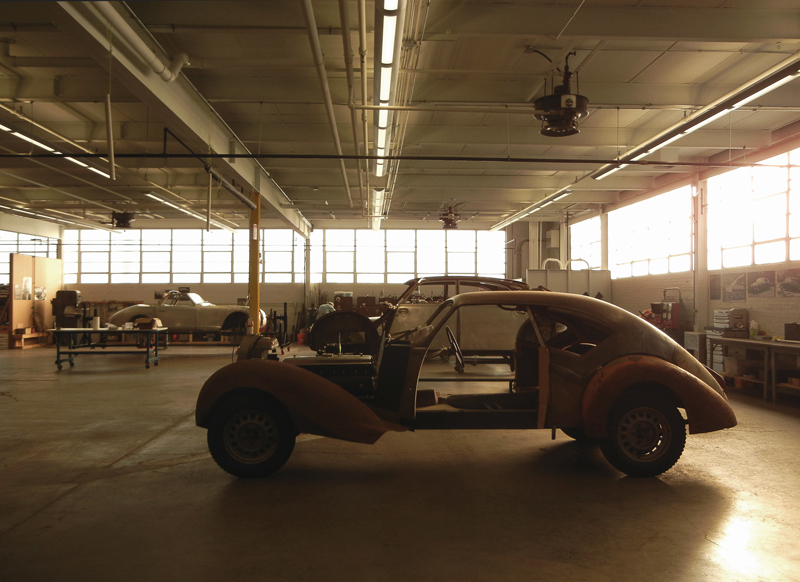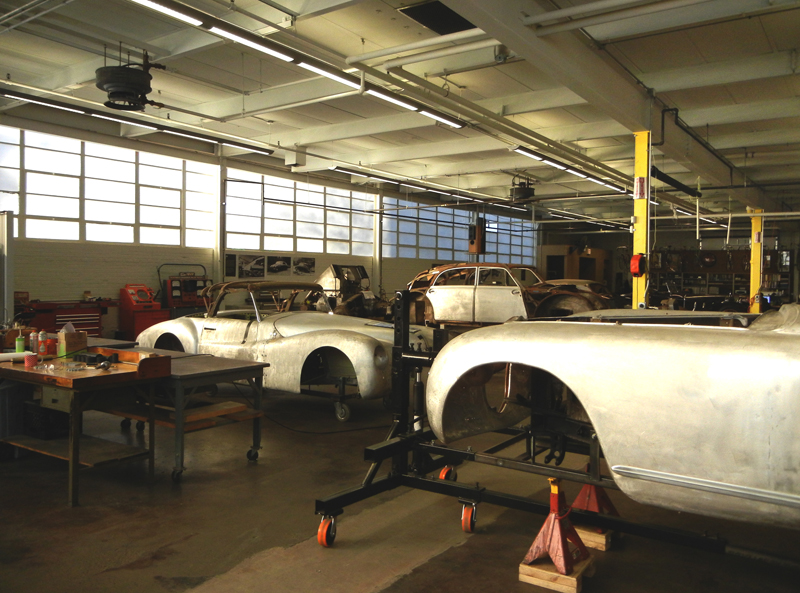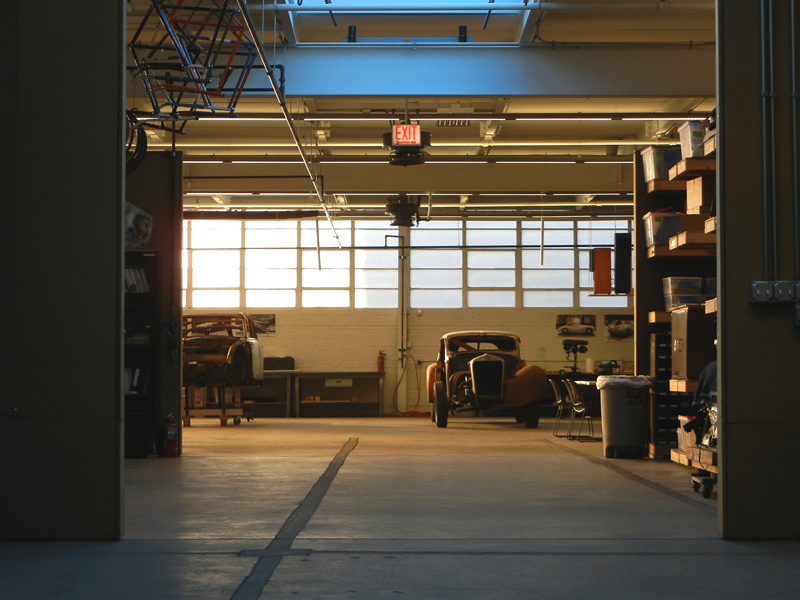
What is it about Patina on a car that makes so many collectors go gaga while others wrinkle their noses? Lately the survivor or preservation class has become a popular category at car shows, where unrestored cars are celebrated and admired for what they have become over time. Some fellows lose themselves in the wabi sabi of pitted chrome, ripped upholstery, and stonechips from roads long since traveled while others decry the category as nothing more than fetishizing neglect. "Patina?" one Bugatti owner once sneered at me, "Patina is something they sell you at Pottery Barn."
Is a top notch restoration a case of preserving history or destroying it? Car lovers are not alone in pondering this topic. After all, look what happened when they cleaned Michelangelo's Sistine Chapel ceiling! It brought people to question whether the things to which we assign cultural value have more meaning as they were originally intended to be, or how they have come to be over time. But who can even say with certainty how something was really intended to be when the creator of that artifact is no longer with us? When it comes to really significant cars, and those reasonably well preserved, most would agree that "leaving it alone" is better than a full restoration. Yet what if we took this attitude for all barn finds? So few coachbuilt cars survived the second world war intact that we would never get to experience the thrill of seeing a gleaming, streamlined Talbot Lago or Delahaye roll across the lawn at Pebble Beach as if it had just come from Henri Chapron''s atelier. These cars were meant to be seen in all their glory, some say. So why not let them shine, and in so doing celebrate the brilliance of the design and craft that went into them? Why not relive the glamour of the age in which they were made? The Mercedes Gullwing pictured in this article was auctioned off a few years back at Greenwich, CT. As I was snapping these photos, I heard many diverse reactions to the car's condition and just as many high appraisals of its value --despite the fact it had not moved under its own power in around 35 years-- as laughter at the silly sap who would buy this old heap when he could have a restored one for just a little more. I am personally conflicted about this myself, as a lover of both the history as well as the beauty of the automotive form. I love the look of these worn cars sometimes, but can't help but loathe the person who let them get that way. Oh well, I just wish I could have a decent re-spray on my Alfa...
See more pictures of the barn find 300SL here.
 Friday, August 16, 2013 at 7:40PM
Friday, August 16, 2013 at 7:40PM 
 Alfa Romeo,
Alfa Romeo,  GTV6,
GTV6,  restoration in
restoration in  Musings
Musings 






